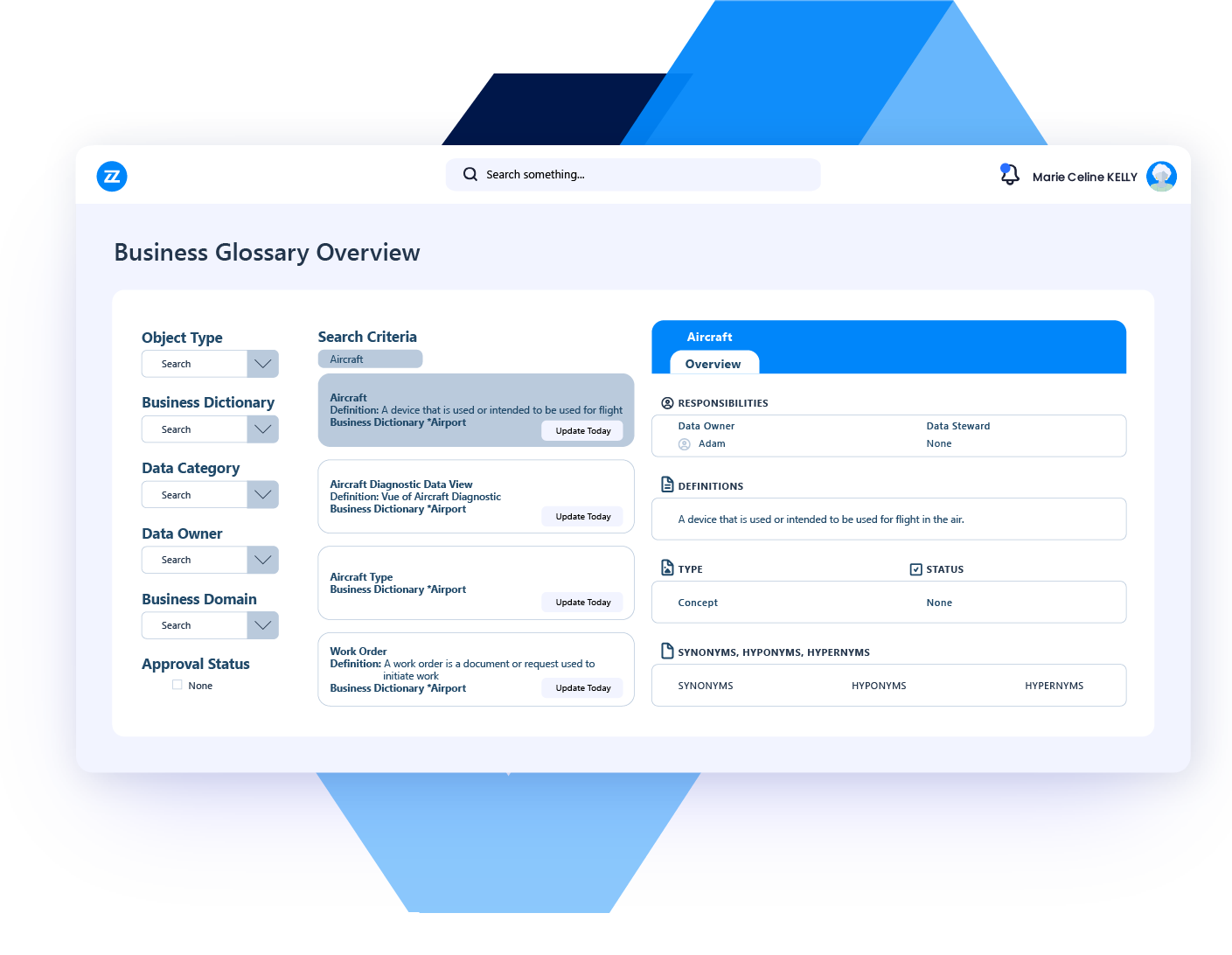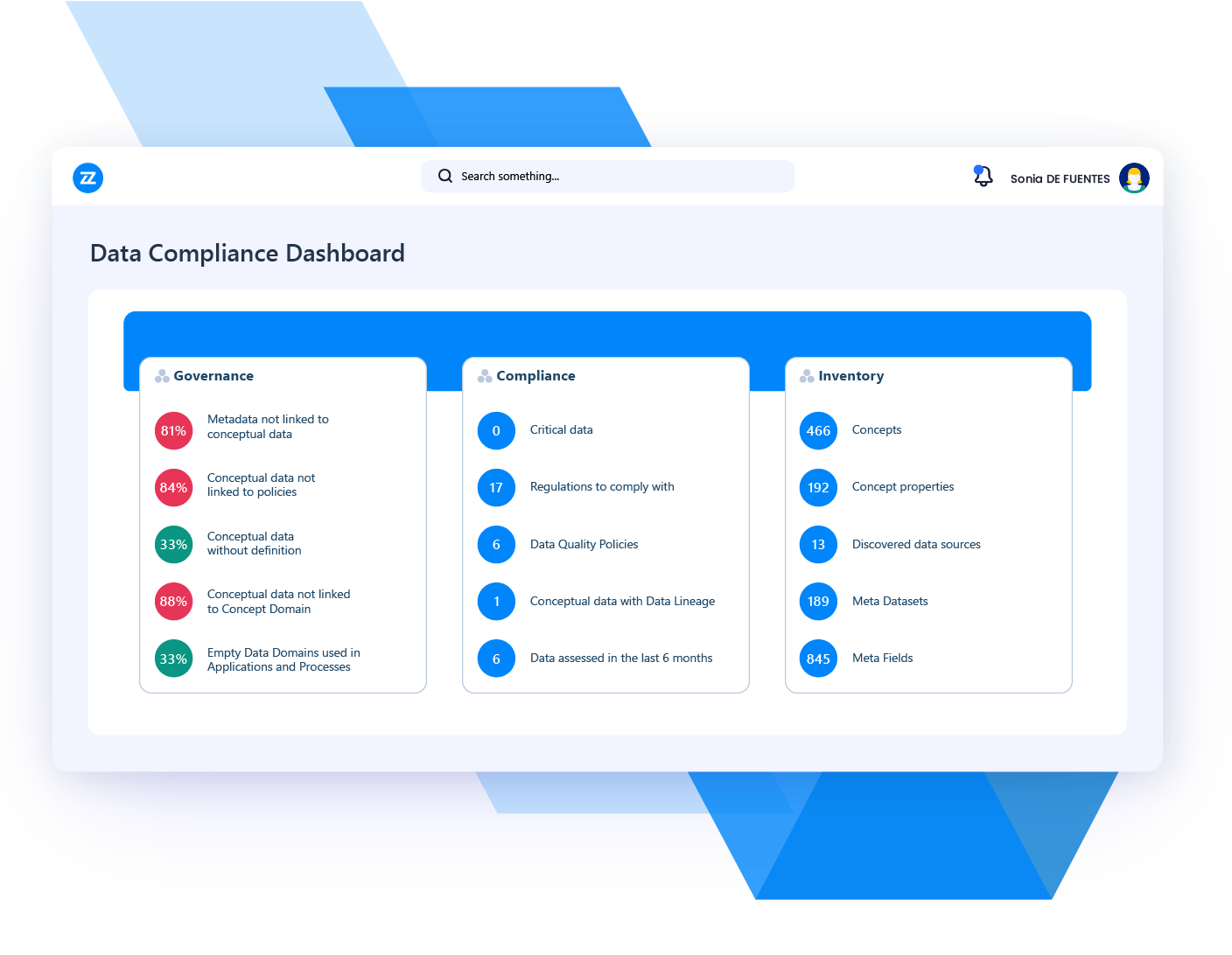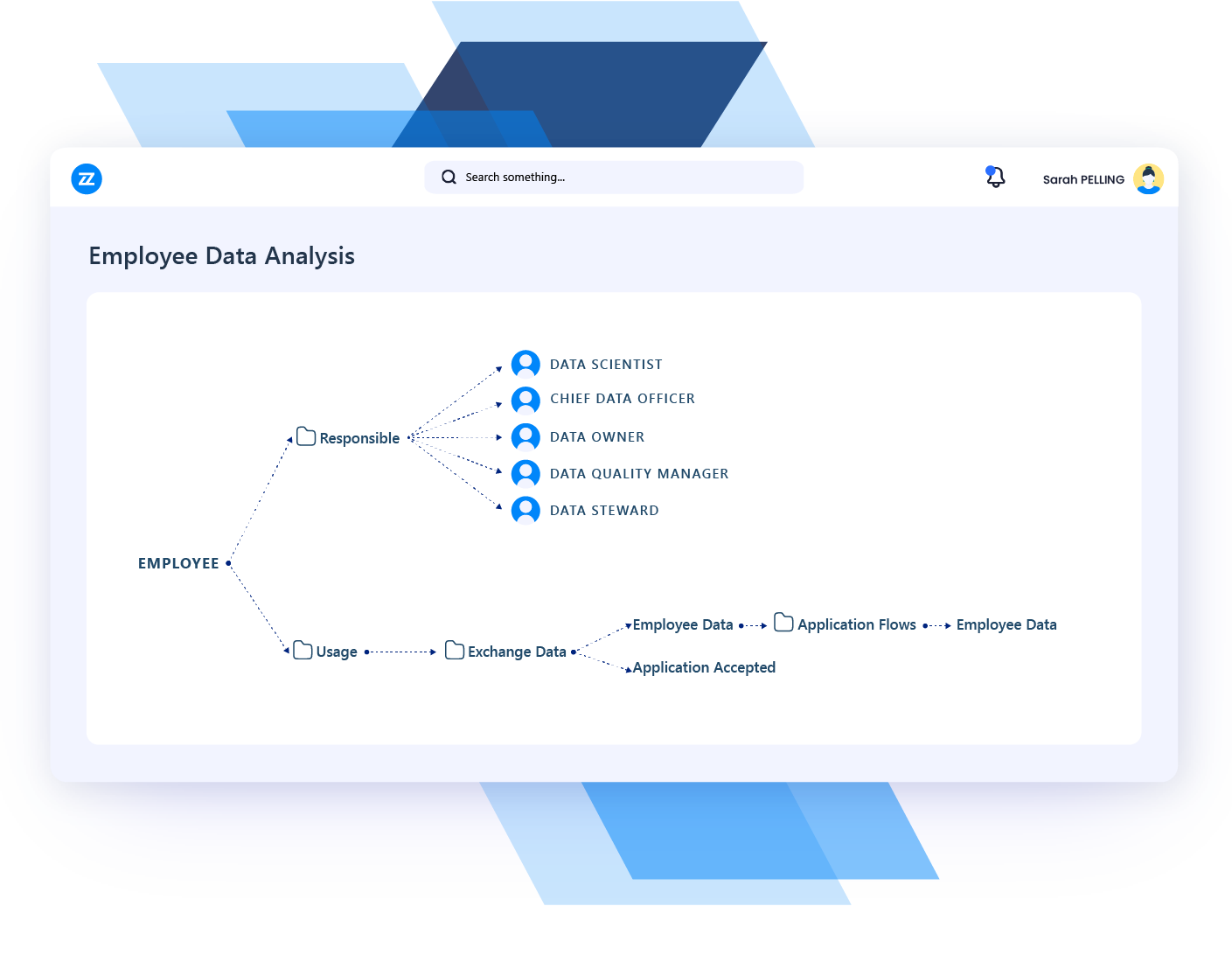Data Management
Fuel Intelligence and Scale AI
With Data Management
Let Your Data Work Harder
Smart decisions need smart data. When information is fragmented or poorly governed, trust breaks down. Strong Data Management unifies sources, defines ownership, and keeps pipelines flowing to enable AI adoption and eliminate silos.
Govern Data. Drive Smarter Decisions.
- Break down silos and improve access to trusted data.
- Accelerate AI adoption with connected, high-quality information.

Build Trust in Every Decision
Unify sources, strengthen governance, and get AI-ready with trusted, connected data.



